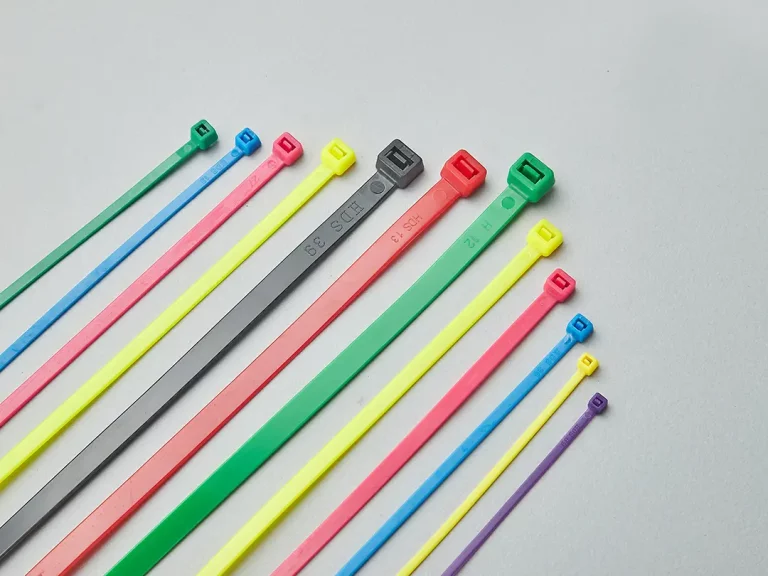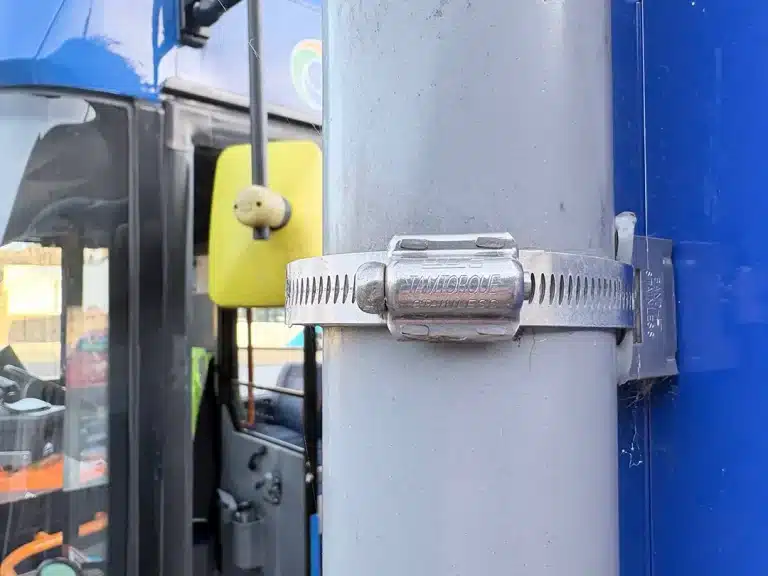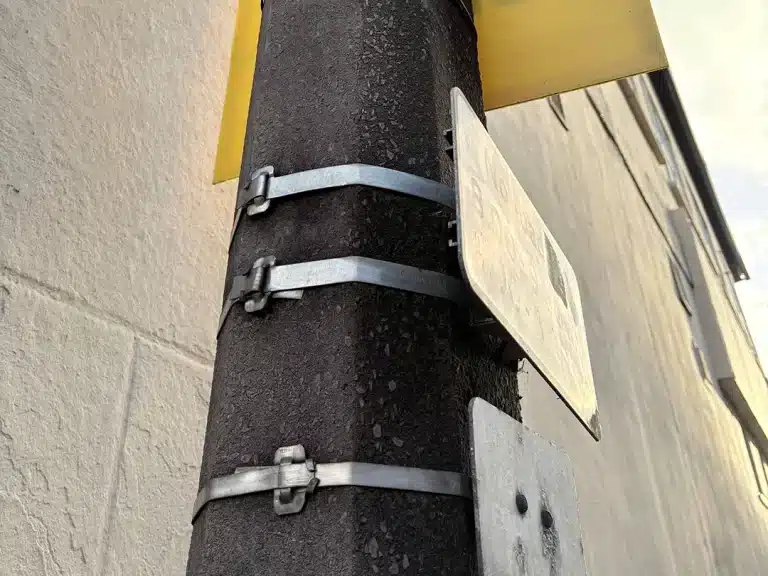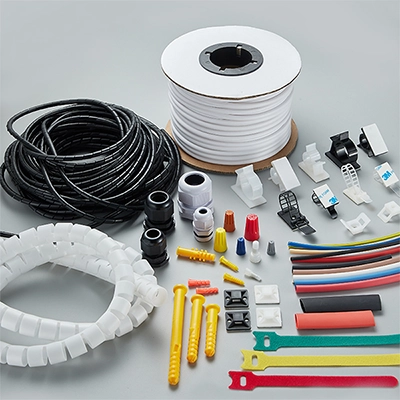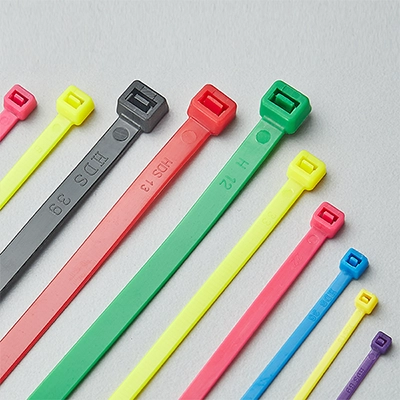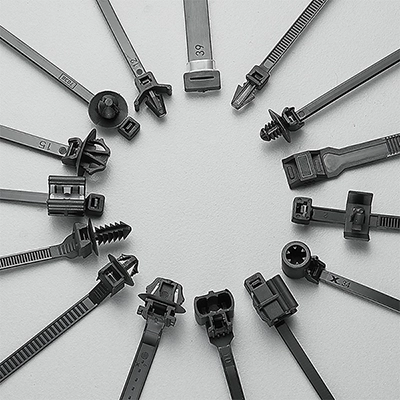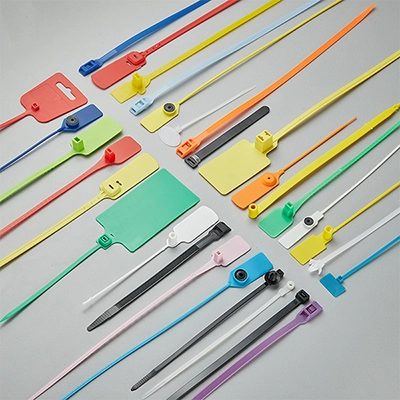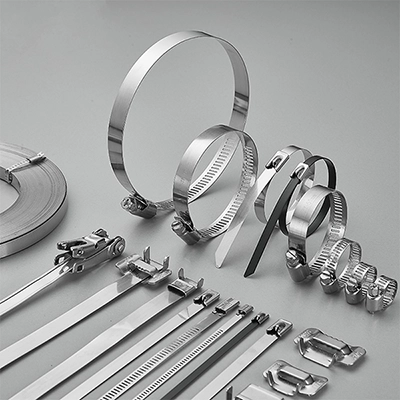If you’ve ever bundled wires or secured items in place, you’ve likely used what’s commonly known as cable ties or zip ties—a simple plastic fastener with a built-in locking head. While the two names sound different and are often used in various settings, they actually refer to the same tool.
What’s the Difference Between Zip Ties and Cable Ties?
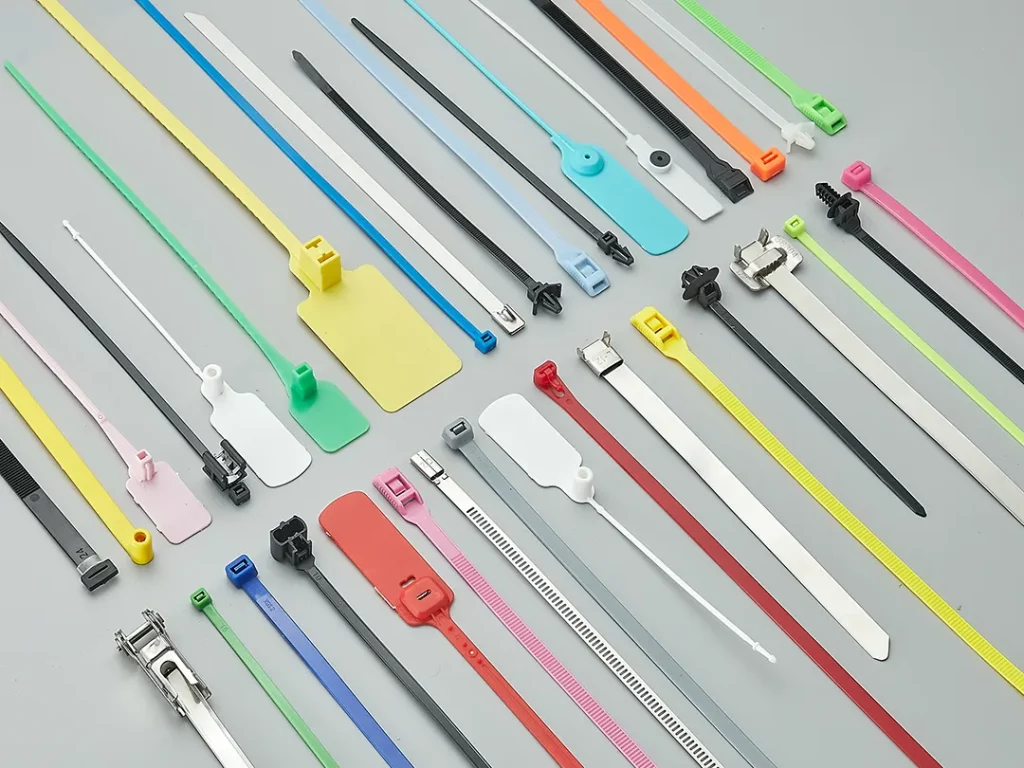
There is no difference between a cable tie and a zip tie—they are exactly the same tool. The two terms refer to the same product in both structure and function:
Material
Most cable ties are made of nylon 6/6, known for its strength, flexibility, and resistance to abrasion. Variants also exist in stainless steel, UV-resistant nylon, and other specialty materials for specific environments.
Design

A standard tie consists of a flexible, notched strap and a locking head that contains a small pawl. The notches run along one side of the strap, while the pawl acts as a one-way stopper.
How it works
When the strap is inserted through the head, the pawl catches the notches, locking the tie in place. It tightens with a pull, but cannot be loosened or undone without cutting. If you want to know how to undo zip ties, you could refer to the article “How to Undo a Zip Tie Without Tools.“
Why Are There Two Names for the Same Thing?
It’s the same product, but two names—cable tie and zip tie. So, where did this split come from?
Cable tie is the original, technical term. It dates back to 1958, when Thomas & Betts developed and trademarked the first version (Ty-Rap) for bundling wiring harnesses in aircraft. The name reflects its function: tying cable bundles. Today, it’s still the preferred term in professional fields like electrical engineering, telecom, and industrial documentation.
Zip tie, on the other hand, is a more casual name that likely came from the sound the tie makes when pulled through the locking head, similar to a zipper. It’s more visual, more intuitive, and easier to say. That’s why it’s more commonly used in everyday contexts like DIY projects, IT setups, gardening, and home repairs.
Usage also varies by region. For example, in the U.S., zip tie is far more popular in online searches, like Google, showing over four times the search volume of cable tie. In contrast, regions like the UK, India, and Southeast Asia still lean toward the more formal cable tie. That said, the lines are blurring as these terms continue to mix in global markets.
Choose the right cable ties or zip ties
Whether you call it a cable tie or a zip tie, you’re talking about the same reliable tool. What’s more important is choosing the right one for your specific task, considering things like material, size, strength, temperature resistance, or whether it needs to be reusable.
From heavy-duty industrial applications to quick fixes around the house, the right cable tie can make all the difference. Explore our guide to choosing the right cable tie.
